Foot-and-mouth disease in cattle, Latin name “Aphthae” epizootic, sometimes called hoof-and-mouth disease, is a highly contagious acute disease of all cloven-footed animals, caused by Aphthovirus. The condition is characterized by fever and a vesicular eruption in the mouth and on the feet. The virus is sensitive to environmental influences such as pH less than 5, sunlight, and desiccation. However, the FMD virus can survive for an extended period at freezing temperatures.
Important Information on Foot and Mouth Disease in Cattle
FMD is a transboundary animal disease ( TAD ), and the disease severely affects the production of livestock, animals, and animal products. Foot-and-mouth disease affects cattle, buffaloes, yaks, sheep, goats, swine, camel, and other cloven-hoofed animals. Examples of other vulnerable species are hedgehogs, armadillos, nutrias, elephants, capybaras, rats, and mice.
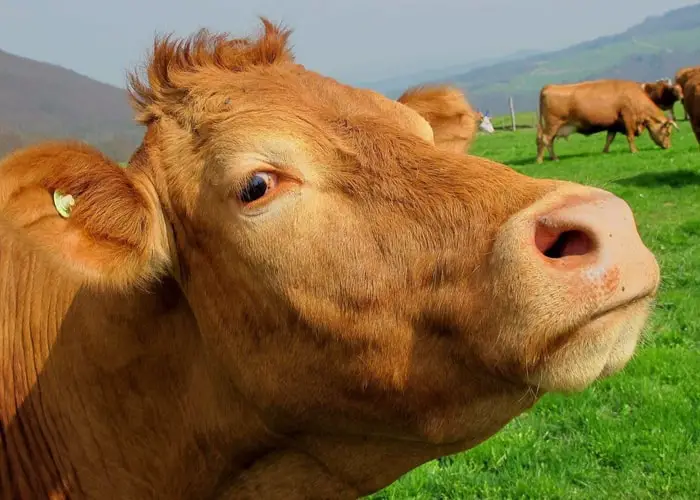
What Virus Causes Foot and Mouth Disease in Animals?
The Foot-and-mouth virus ( FMDV ) is a member of the genus Aphthovirus under the family Picornaviridae. There are seven different serotypes of FMD virus: A, O, C, Asia-1, Southern African Territories (SAT) 1,2, and 3. Within these serotypes, over 60 sub-types have been described, and new subtypes occasionally arise spontaneously. Sub-types’ importance is that a vaccine may have to be tailored to the subtype prevent in the region in which the vaccine is being used.
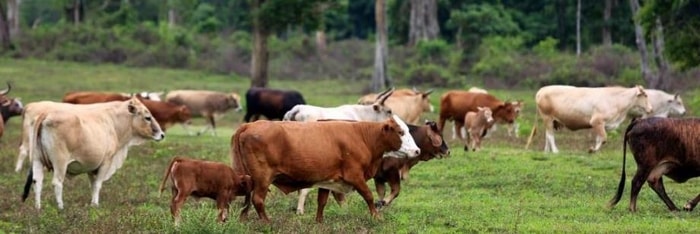
These serotypes show some regionality, and the O is most common. These family members are small ( 25-30 nm ), nonenveloped icosahedral viruses that contain single-stranded RNA.
Epidemiology and Transmission of FMD in Cattle
FMD is widespread in parts of Africa, Asia, the Middle East, South America, and Europe. Cloven-hooved domestic and wild animals are primarily affected. Camelidae have low susceptibility, and horses are not susceptible to FMD, and humans are affected only very rarely. Infected animals excrete large amounts of the virus before signs are evident, and winds may spread the virus over long distances.
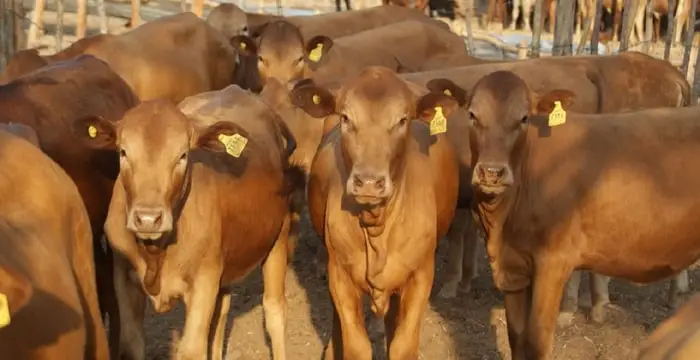
How is FMD Transmitted?
The transmission depends on direct or indirect contact (droplets), animate vectors, humans, and inanimate vector (vehicles, equipment). Airborne transmission mostly occurs in temperate zones (up to 60 km overland and 300 km by sea. The virus is highly transmissible and may spread over greater distances with the movement of infected or contaminated animals, products, objects, and people. Cattle are mainly infected by inhalation, often from pigs, and pigs are primarily infected by ingesting infected food.
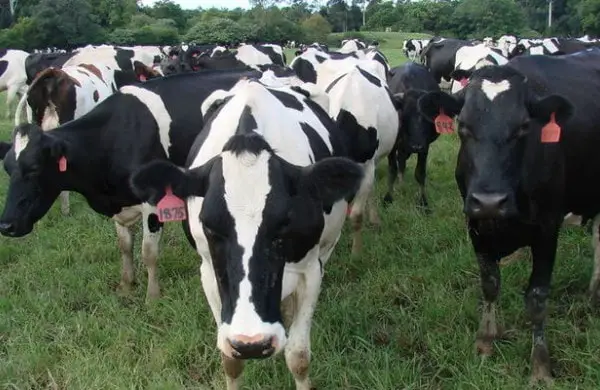
The FMD virus can be spread into a free area by the following means:
- Direct or indirect contact with infected animals.
- Spread of aerosol from infected animals 9requires proper humidity and temperature). Aerosol from bulk milk trucks’ respiratory tract for 24 hours serves as a source of infection for susceptible animals.
- Feeding contaminated garbage (meat, milk, blood, glands, bones, cheese, etc).
- Contact with contaminated objects (hands, footwear, clothing).
- Artificial insemination.
- They are contaminated with biological agents such as hormones.
- The three primary hosts in transmission roles are as follows: sheep act as maintenance hosts, pigs act as amplifiers, and cattle act as indicators.
- FMD in pigs spread very rapidly, for they produce 30 to 100 times more viruses in aerosols than sheep or cattle.
- An infected pig can produce a hundred million infectious doses per day.
What are the Symptoms of Foot and Mouth Disease in Cattle?
The incubation period for FMD is 2 to 21 days (average 3-8 days ), depending on the infecting dose, the host’s susceptibility, and the strain of the virus. Although the virus is shed before the signs develop. The common symptoms of the disease are:
- Fever of 103° to 105° F, dullness, anorexia, shivering, and milk production reduction for 2 to 3 days.
- Blisters (vesicles/aphthae) appear on the buccal and nasal mucous membranes, including mouth, tongue, lips, followed by the appearance of blisters between the claws and coronary band, even on the udder and teat.
- After 24 hours, rupture of vesicles leaving erosion, and sticky, foamy, stringy saliva drips from an animal’s mouth.
- Painful tongue and mouth lesions cause a decrease in animal appetites, resulting in weight loss.
- The feet’ infection may lead to stamping or kicking of the feet, followed by lameness, and are reluctant to move.
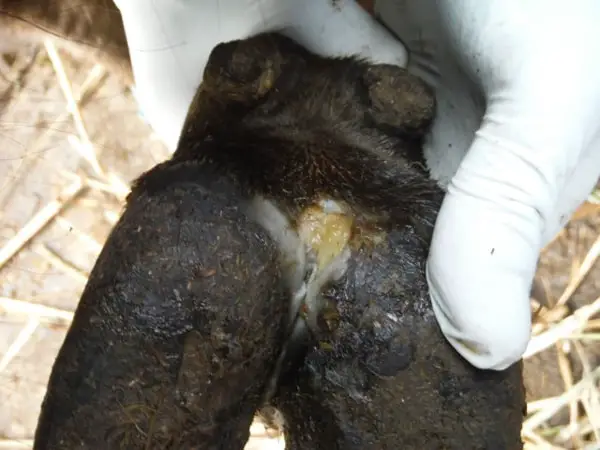
- Pregnant cows may abort, and young calves may die within developing any vesicle.
- Recovery generally occurs within 2 to 3 weeks, but secondary infection may delay healing.
- Adult animals may suffer from debility from which they do not recover for several months.
- The enlargement in the testicles of mature males, and in cows, milk production, can decline significantly.
- A lactating animal may not recover from pre-infection production because of damage to the secretory tissues.
Diagnosis of FMD in Cattle
FMD should be considered whenever salivation and lameness coincide and a vesicular lesion is seen or suspected. Confirmatory diagnosis can be made on the isolation and identification of FMD virus from infected animals. Isolated FMD virus is characterized by antigenic comparison with existing FMD vaccine strains.
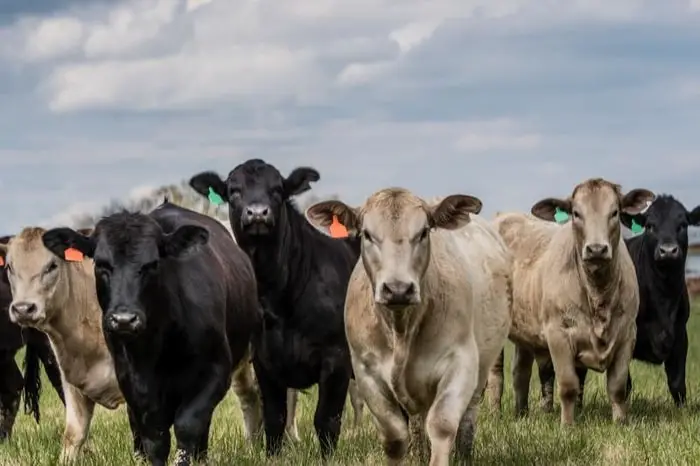
How Do You Treat FMD in Cattle?
Treatment with a mild disinfectant and protective dressing to inflamed areas to prevent secondary infection is recommended. The most commonly used disinfectant is 2% caustic soda, 4% soda ash, and 2% acetic acid.
Sulfadimidine or broad-spectrum antibiotics injections are useful to the secondary bacterial infection for your cattle. An excellent systemic response is reported to the administration of flunixin meglumine.
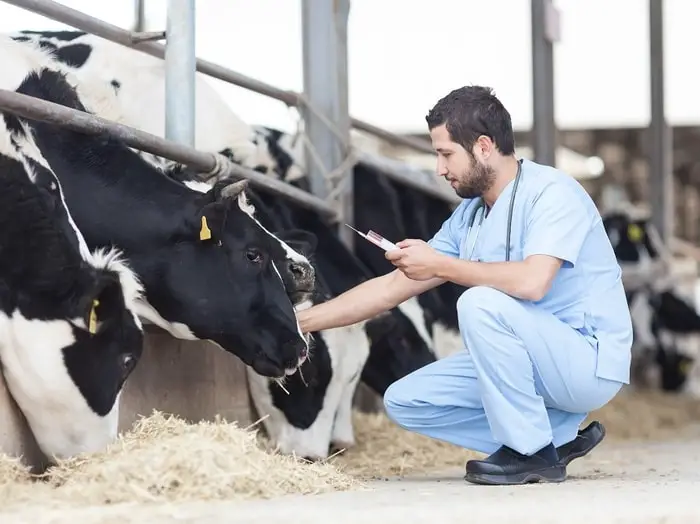
How Do You Prevent Foot and Mouth Disease in Cattle?
Preventive measures are as follows:
- Protection of valuable or accessible animals or vaccination along a border to provide a buffer zone.
- Large-scale vaccination and quarantine with or without the slaughter of infected animals.
- Regulatory steps to prevent the entry of FMDV and quarantine and implementation of an eradication program.
- Destroy carcasses and infected carcasses must be destroyed.
- Slaughter infected animals and disinfected vehicles, leaving the infected area.
- The disease outbreaks are usually controlled by movement restriction and quarantine.
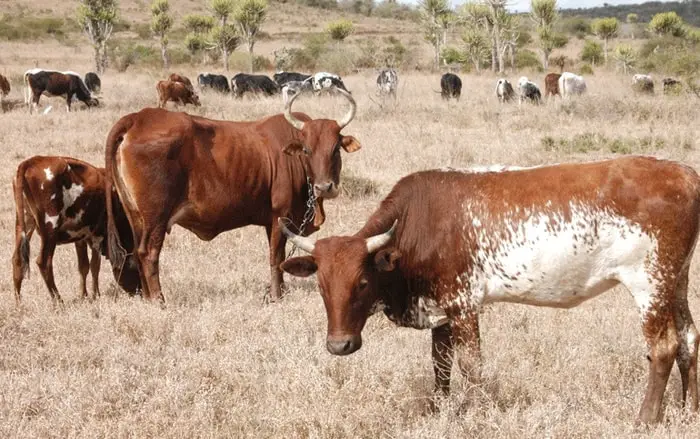
Vaccination Against FMD in Cattle
Vaccination plays a vital role in the disease, and it can be used to reduce the spread of FMD or protect the animals. When vaccinating animals, the vaccine must contain the same subtype of the virus as in the area. This necessitates frequent checking of the serotype and subtype during an outbreak because FMDV frequently changes during natural passage through various species. Protection induced by a suitable aluminum hydroxide vaccine decreases rapidly in 4 to 6 months. A double emulsion oil vaccine can protect for up to 1 year.
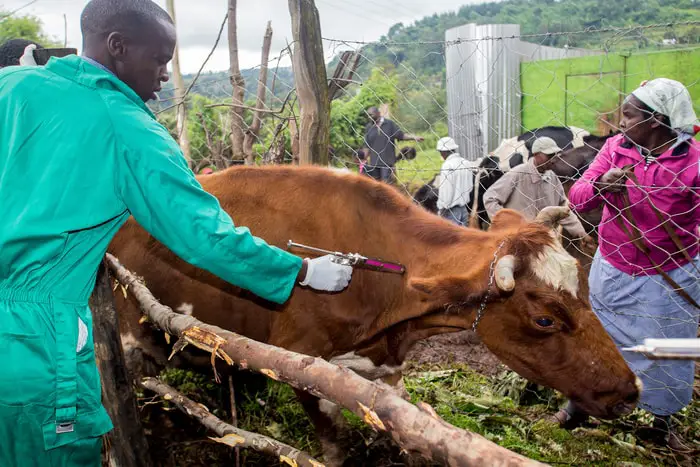
Public Health Significance of FMD
FMD is not transmissible or spread to humans, and the infection is uncommon. The common problems that arise in humans are small blisters in the hand or lips. The problem is seen in those people who directly come in contact with the infected animals. The infection requires very little or limited treatment. The disease is considered to be a public health problem and public health risk.
Concluding Remarks on FMD in Cattle
FMD is a widely communicable contagious disease of cattle and all cloven-hooved animals. The disease spread very rapidly within the herd. It is challenging to control the disease after an outbreak. The condition causes a serious hamper on the production and performance of the animals. The disease causes maximum mortality in young calves. It would be best if you took the necessary precautions and regular vaccination of your herd.